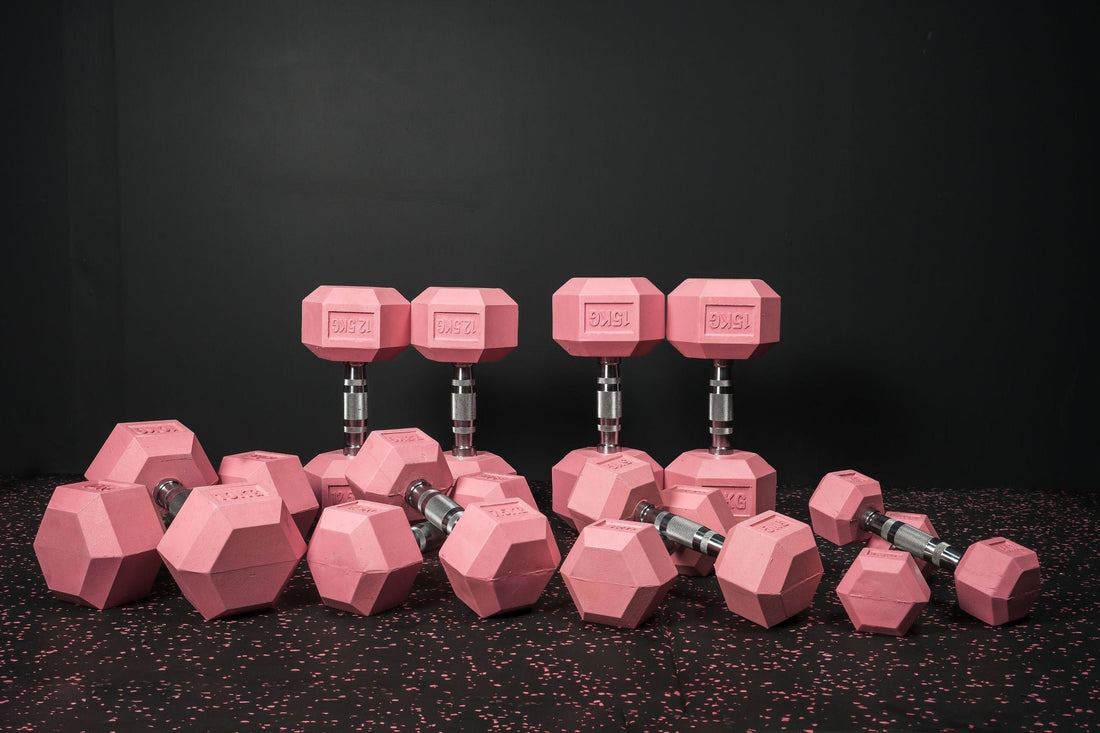
Strength Training from 20s to 50s+
Strength training is a game-changer at any age, providing benefits like increased muscle mass, better bone density, improved metabolism, and enhanced overall health. However, the way you approach strength training may need to evolve as you move through different life stages. Here’s how to optimise your workouts from your 20s to your 50s and beyond.
In Your 20s: Building a Strong Foundation
Your 20s are the perfect time to establish a solid strength training routine. This is when your body is most responsive to building muscle and recovering efficiently.
Training Focus:
- Prioritise compound movements like squats, deadlifts, bench presses, and pull-ups to develop overall strength.
- Experiment with different training styles to find what works best for you.
- Focus on progressive overload by gradually increasing weights, reps, or intensity to maximise muscle growth.
Recovery Tips:
- Ensure proper nutrition, including adequate protein intake.
- Sleep is crucial—aim for at least 7-9 hours per night for optimal recovery.
- Incorporate mobility work and stretching to prevent injuries as intensity increases.
In Your 30s: Strength with Smart Recovery
Your 30s are about maintaining strength while being mindful of recovery and injury prevention.
Training Focus:
- Continue with strength-focused training but be mindful of joint health and flexibility.
- Incorporate unilateral exercises (single-leg squats, lunges, single-arm presses) to improve balance and correct muscle imbalances.
- Add core stability exercises to support your lifts and reduce back pain.
Recovery Tips:
- Warm-up and cool down properly to prevent injuries.
- Consider deload weeks every 6-8 weeks to prevent burnout and overtraining.
- Prioritise joint-friendly training techniques, such as using resistance bands and lighter loads with higher reps when necessary.
In Your 40s: Training for Longevity and Functional Strength
Strength training in your 40s is essential for preserving muscle mass, bone density, and overall metabolic health.
Training Focus:
- Focus on functional strength—movements that mimic real-life activities, such as kettlebell swings, farmer’s carries, and step-ups.
- Maintain resistance training at least 3-4 times a week, with an emphasis on form and control over heavy lifting.
- Add mobility and flexibility work to reduce stiffness and enhance movement quality.
Recovery Tips:
- Incorporate active recovery days (walking, yoga, swimming) to support longevity.
- Address inflammation with a nutrient-dense diet and proper hydration.
- Strengthen connective tissues with low-impact strength training and resistance bands.
In Your 50s and Beyond: Strength for Independence and Vitality
As you move into your 50s and beyond, strength training becomes a key factor in maintaining independence, preventing osteoporosis, and enhancing overall quality of life.
Training Focus:
- Prioritise resistance training at least 2-3 times per week to maintain muscle mass.
- Incorporate balance exercises (single-leg deadlifts, stability ball work) to prevent falls and improve coordination.
- Use moderate weights with higher repetitions (8-15 reps) to reduce joint stress while maintaining strength.
Recovery Tips:
- Include longer warm-ups and cool-downs to ease joint stiffness.
- Stay active with daily movement beyond workouts, such as hiking, biking, or gardening.
Final Thoughts: Strength for Life
Strength training is not just about aesthetics—it’s about longevity, resilience, and independence. Whether you’re in your 20s or 50s, the key is to stay consistent, listen to your body, and adapt your training as needed. By prioritising strength at every stage of life, you’re investing in a healthier, stronger future.
No matter your age, it's never too late to start lifting!
